Tags
Related Posts
Share This
First Principles
A troupe of six local artists lead by Nicholas Chiarella, a Santa Fe based artist and contributing faculty member of the art department at SFUAD, made their first of three visits to Mary Olsen’s 6th grade art classes at Wood Gormley Elementary in February. Olsen, who has partnered with Chiarella in the creation of a variety of collaborative student art projects in the past, found the alternative teaching methods of the visiting artists to be a vital supplement in her curriculum. This year Chiarella has assembled a group of artists to operate as a dynamic educational entity geared toward architectural intervention and site-specific installation.
“I was really excited because I wanted to be able to approach the idea of installing work in a non-traditional space to the students, something that would fall under the guise of architectural intervention,” Chiarella explained. Walking through the halls he realized that the ten skylights illuminating them, a rather rare feature among public school buildings, would be the perfect platform to “create a moment of opportunity for a student to consider their environment and put their work in places where they wouldn’t have thought it belonged before.”
“Does anybody know what installation means?” Chiarella posed to the students in the light of a James Terrell installation projected on the board on the first day. A wave of excitement and curiosity broke over them at the sight of large indoor spaces transformed by various colors and forms of stunning neon light. A low murmur of commentary hummed from some students, revealing the silence of those more distracted, nervous, or possibly overwhelmed to the point of disengagement.
“I try to approach that from the standpoint that if I continue to work and do things that are intriguing and interact with the kids in a way that shows them the project is fun and awesome, then they might too,” said visiting artist Christopher Johnson, a local poet and graduate of College of Santa Fe’s creative writing department, when asked about the challenges faced when encouraging students to embrace unfamiliar concepts that might stifle their willingness to participate.
Visiting artist Zevin Polzin viewed this challenge as a consequence of a “certain sense of authority and restriction that happens when you are told that what you’re making or doing has to take place in a certain way. I think that the hope with a project like this is that it comes in and tries to break or smear those boundaries as much as it can by being completely open ended and asking strange questions that the kids don’t usually get asked.”
Towards the end of the first class the students separated into five groups, each lead by at least one instructor to conceptualize their installation. “There are differences in effect,” Christopher Johnson explained to his group as they surveyed their skylight space. “We can think about how we are shaping the light.”
Though social tension is present among many of the groups at first, it becomes evident that the collaborative model offers an opportunity for students to develop positive interactions with their peers.
“There is something about that experience that will hopefully shake up the routines that the kids are accustomed to. The kind of relationship that can form in a situation like that can bypass a lot of the normal social roles or kinds of ways that they are expected to behave around each other, mostly because it’s just too far out of any normal context. It opens a way of accessing each other that they don’t usually get to,” Zevin Polzin added.
On a brisk Thursday morning the following week the artists arrived to Mary Olsen’s class to start construction of the skylight structures. “Anyone have a cold?” Chiarella asked a small group of students eyeing the baskets of various materials gathered for the project. One student nodded his head, not quite knowing what to expect in return. “Fight it off” Chiarella responded in a tone of determination. The students giggled at his quirky optimism. Chiarella remained remarkably calm and present in the midst of 20 to 30 sixth graders desperately gathering supplies.
“I try to use as much recyclable material as possible in projects,” Chiarella told the students. The rest of the hour passed while the sixth graders grappled to understand the origin of various strangely familiar materials until they were re-imagined as a bestiary zoo, a land of floating dragons, iridescent cube forests, multicolored packing peanut snakes that slither their way to the sky, and as galactic-like compositions of tinsel, tissue, and plastic packaging.
After working with both classes on the second day, Mary Olsen reflected how creatively and intellectually liberated her students seemed when “not confined to painting or drawing, but a collaboration of ideas and techniques.”
Throughout the duration of the project, and in both sets of classes, some structures morphed into more abstract interpretations of light based installation. Visiting artist Oliver Polzin said, “My first group had this ability to immediately see it as one whole piece and contextualize it using layers. They established a collective consensus for a more abstracted form to interact with the light.”
On the third and last visit a few students decided to stay inside for recess to put final touches on their structures. One student asked the artists to pose for a photograph, leaving them with, “I usually do art by myself but it was cool to figure out how to make art with everyone.” The instructors relaxed their anxious expressions at the success of the project revealed in such a simple statement.
In the beginning of March the visiting artists came together to raise the ten structures from their wooden frames (built from recycled wood by Chiarella and friends) to activate their respective skylights. After finding an effective workflow involving pins, four ladders, drills, and an occasional iphone break to watch a YouTube video relevant to the conversation, the artists walked through the halls in absolute awe of the effect of the skylights. Teachers and students of an afterschool program walking by slowed their pace and pulled their chins back to gape at each passing one as they revealed new and different worlds all speaking the language of light.
In April, Chiarella plans to further this project with a focus in site-specific installation with Amy Birkan’s art classes at Gonzalez Elementary.
“It seems like this experience in the classroom is also, really in a way, a social intervention,” Chiarella considered at the end of the collaboration at Wood Gormley. “It’s shaping not only the physical architectural space of the school but the social space and giving students a way of remembering and learning how to access and shape that social space among themselves. The students now have this particular project to model from but I think the long-term hope is that it changes them as artists that collaborate as community members.”
Mary Olsen, who has been preparing for the project since the beginning of the school year, said at its completion, “there were so many beautiful moments of transformation, we had some great groups but, really, without the artists it would not have worked.”






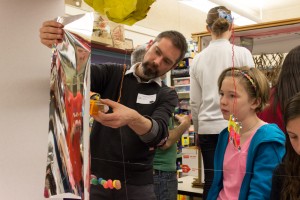
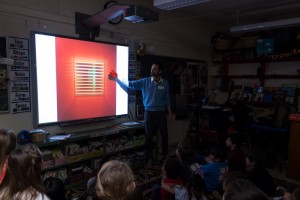
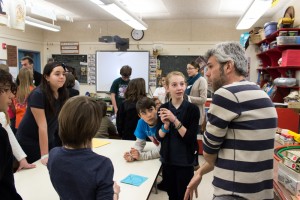
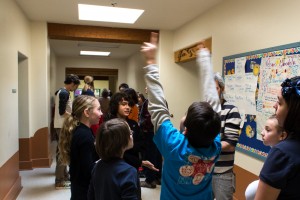
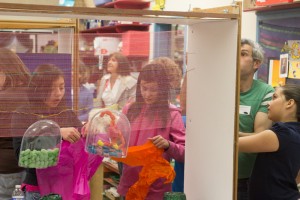
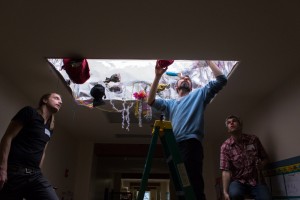
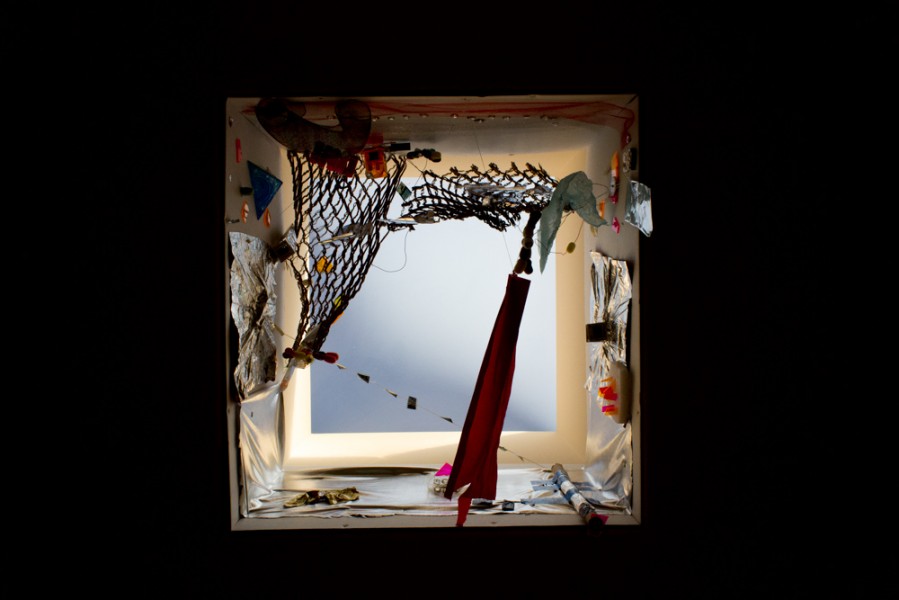
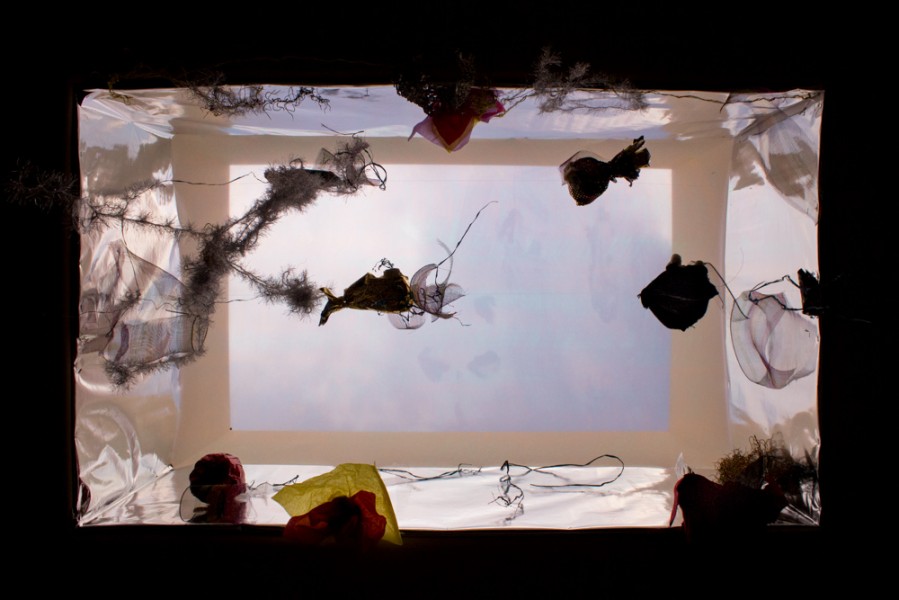
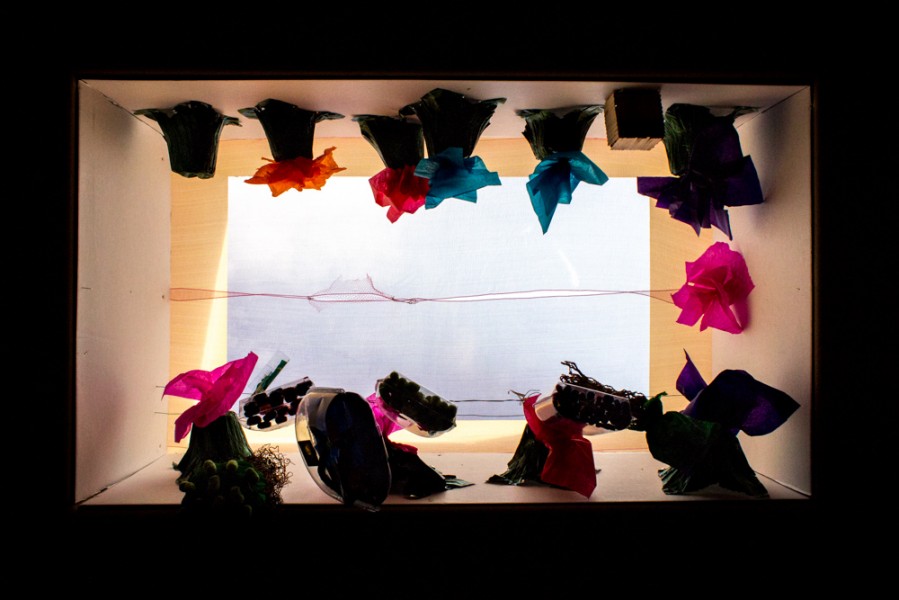
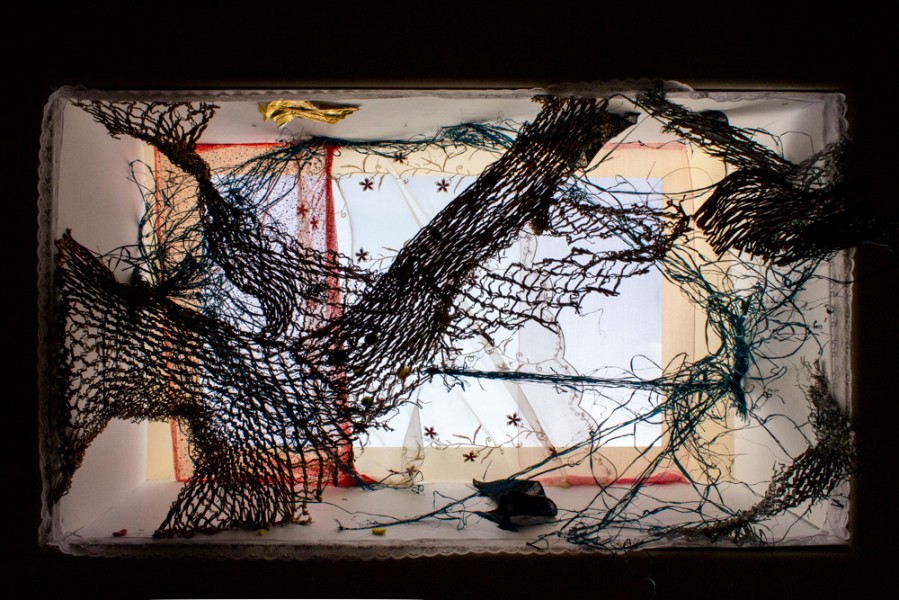
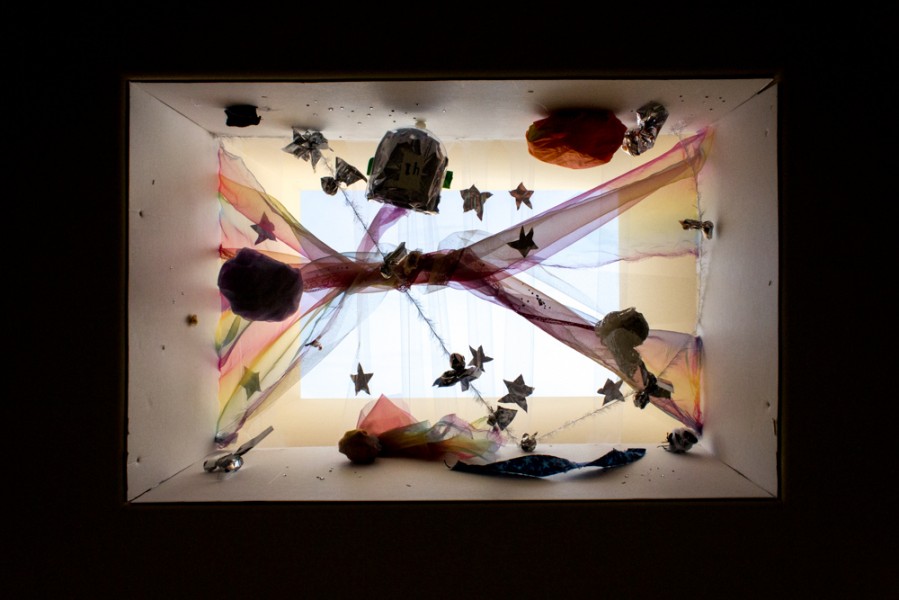
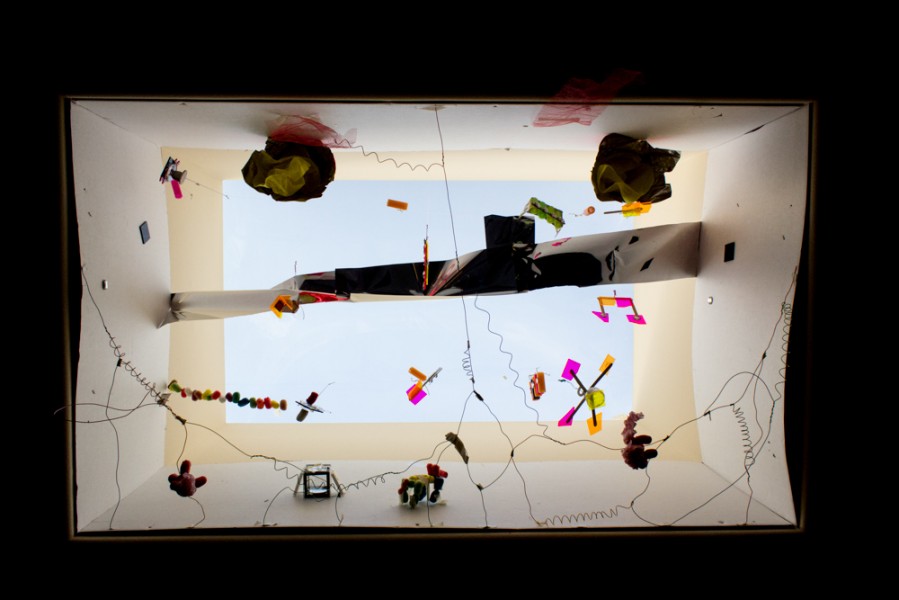
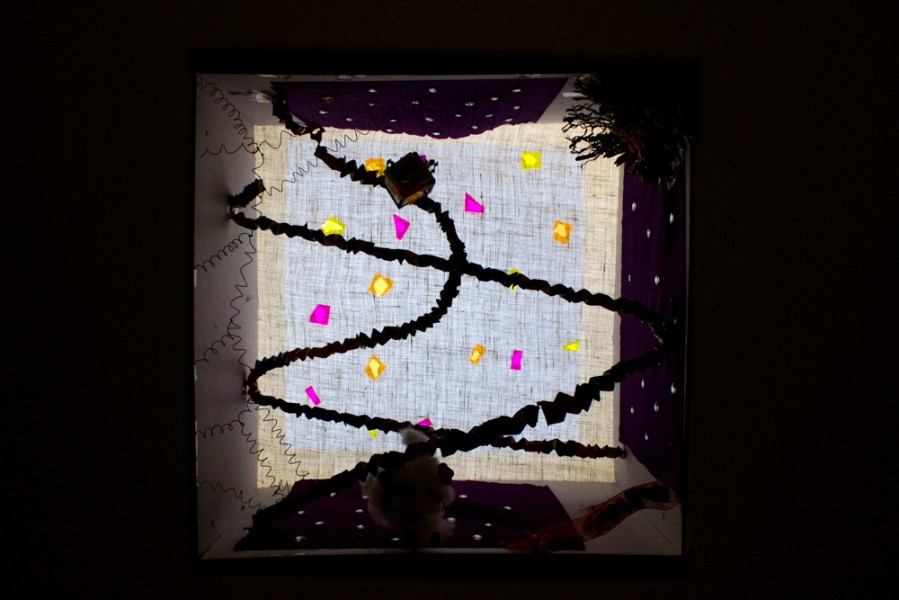
 Jackalope Magazine is the student magazine of Santa Fe University of Art and Design. Building on the interdisciplinary nature of our education, we aim to showcase the talent of our university and character of our city.
Jackalope Magazine is the student magazine of Santa Fe University of Art and Design. Building on the interdisciplinary nature of our education, we aim to showcase the talent of our university and character of our city.
Recent Comments